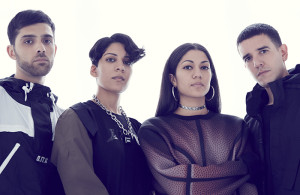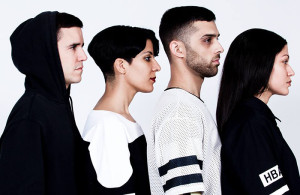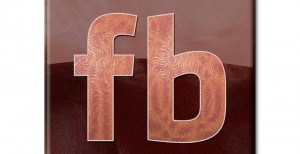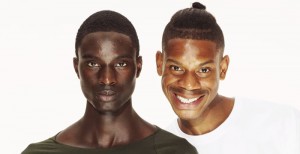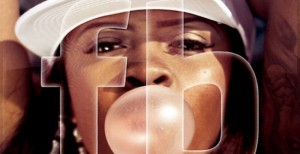Berlin’s Creamcake is throwing another massive party, this time with ‘post-national’ group Future Brown and a handful of other performers at Berghain Kantine this Saturday, February 28.
The Creamcake show brings Future Brown as its headliner, whose sold out ICA London show we wrote about here, and the Berlin one, like everything Future Brown seems to touch, is sold out as well. The Saturday performance is also celebrating the Berlin release of Future Brown’s new album, which can be streamed at NPR here.
Other acts in the lineup include Berlin-based producer Lotic, New Orleans rapper 3D Na’tee, as well as Georgia Girls (consisting of Night Slugs and Gang Fatale) and Black Cracker.
See the Creamcake FB event page for details. **
